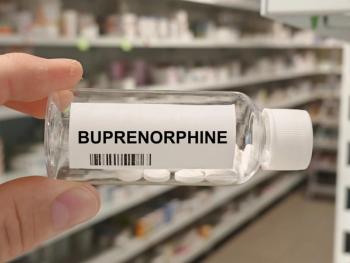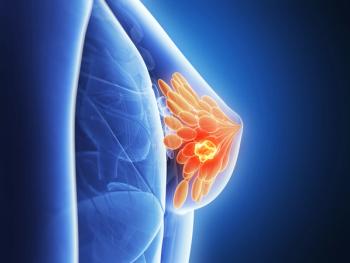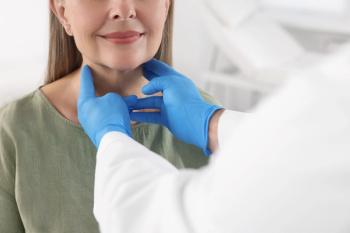
|Articles|September 20, 2021
Pharmacy Clinical Pearl of the Day: Controlled Substances Schedules
Author(s)Saro Arakelians, PharmD
Schedule I drugs, substances, or chemicals are defined as medications with no currently accepted medical use and a high potential for abuse.
Advertisement
Clinical Pearl of the Day: Controlled Substances Schedules
There are 5 scheduled classes of controlled substances per Drug Enforcement Agency.
Explanation:
- Schedule I: Schedule I drugs, substances, or chemicals are defined as drugs with no currently accepted medical use and a high potential for abuse.
- Examples: heroin, lysergic acid diethylamide (LSD), marijuana (cannabis), methylenedioxymethamphetamine (ecstasy), methaqualone, and peyote.
- Schedule II: Schedule II drugs, substances, or chemicals are defined as drugs with a high potential for abuse, with use potentially leading to severe psychological or physical dependence. These drugs are also considered dangerous.
- Examples: Combination products with less than 15 milligrams of hydrocodone per dosage unit (Vicodin), cocaine, methamphetamine, methadone, hydromorphone (Dilaudid), meperidine (Demerol), oxycodone (OxyContin), fentanyl, Dexedrine, Adderall, and Ritalin.
- Schedule III: Schedule III drugs, substances, or chemicals are defined as drugs with a moderate to low potential for physical and psychological dependence. Schedule III drug abuse potential is less than Schedule I and Schedule II drugs but more than Schedule IV.
- Examples: Products containing less than 90 milligrams of codeine per dosage unit (Tylenol with codeine), ketamine, anabolic steroids, testosterone.
- Schedule IV: Schedule IV drugs, substances, or chemicals are defined as drugs with a low potential for abuse and low risk of dependence.
- Examples: Xanax, Soma, Darvon, Darvocet, Valium, Ativan, Talwin, Ambien, and Tramadol.
- Schedule V: Schedule V drugs, substances, or chemicals are defined as drugs with lower potential for abuse than Schedule IV and consist of preparations containing limited quantities of certain narcotics. Schedule V drugs are generally used for antidiarrheal, antitussive, and analgesic purposes.
- Examples: cough preparations with less than 200 milligrams of codeine or per 100 milliliters (Robitussin AC), Lomotil, Motofen, Lyrica, Parepectolin.
SOURCES
Newsletter
Stay informed on drug updates, treatment guidelines, and pharmacy practice trends—subscribe to Pharmacy Times for weekly clinical insights.
Advertisement
Latest CME
Advertisement
Advertisement
Trending on Pharmacy Times
1
FDA Approves Lerodalcibep for Hypercholesterolemia and Heterozygous Familial Hypercholesterolemia
2
2025 FDA Approvals Highlight the Growing Role of Biomarkers in Breast Cancer
3
Once-Weekly Retatrutide Reduces Weight and Knee Pain in Patients With Obesity and Osteoarthritis
4
SABCS 2025 Roundup: Advancing Therapy and Precision Care in Breast Cancer
5


















































































































































































































